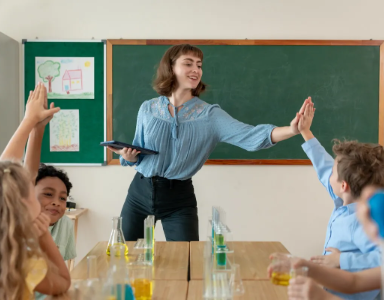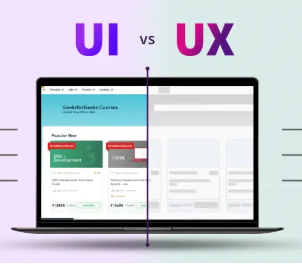In modern classrooms, staying updated with each student’s progress has become easier and more effective thanks to real-time monitoring tools. These digital solutions provide educators with instant insights into student performance, allowing them to adjust instruction and offer support when it matters most.
Why Real-Time Monitoring Matters
Traditional grading systems often delay feedback, which can limit opportunities for timely intervention. Real-time monitoring tools solve this problem by giving teachers immediate access to performance data, participation levels, and engagement trends. This not only helps address academic challenges quickly but also promotes a more personalized learning experience.
Popular Tools That Support Real-Time Monitoring
Learning Management Systems (LMS): Platforms like Google Classroom, Canvas, and Schoology allow educators to track assignment submissions, quiz scores, and class participation instantly.
Formative Assessment Apps: Tools such as Kahoot!, Quizizz, and Edulastic provide live feedback during assessments, making it easy for teachers to identify where students may need more help.
Interactive Whiteboards and Student Response Systems: Devices and applications like SMART Boards or Nearpod let teachers pose questions during lessons and receive student answers in real time.
Analytics Dashboards: Some platforms include built-in dashboards that visualize student data, helping teachers quickly spot trends and adjust their teaching accordingly.
Attendance and Engagement Trackers: Tools such as ClassDojo and GoGuardian help monitor attendance, participation, and online activity during lessons, especially in hybrid or digital classrooms.
Benefits for Educators and Learners
When teachers can view student performance instantly, they can adapt their approach to support diverse learning needs. For students, timely feedback helps them understand mistakes early and build confidence. Real-time monitoring also supports collaboration between educators and families, as updates can be shared regularly.
Creating a Supportive Learning Environment
It’s important to use these tools not just for evaluation, but also to encourage growth and celebrate achievements. Fostering open communication, setting clear goals, and using data to inspire improvement can make the classroom experience more enriching for every learner.
Conclusion
With the right tools in place, real-time progress monitoring becomes a powerful strategy for enhancing educational outcomes. It helps teachers become more responsive, students more engaged, and learning environments more supportive. Embracing this technology ensures that no student is left behind on their academic journey.














